
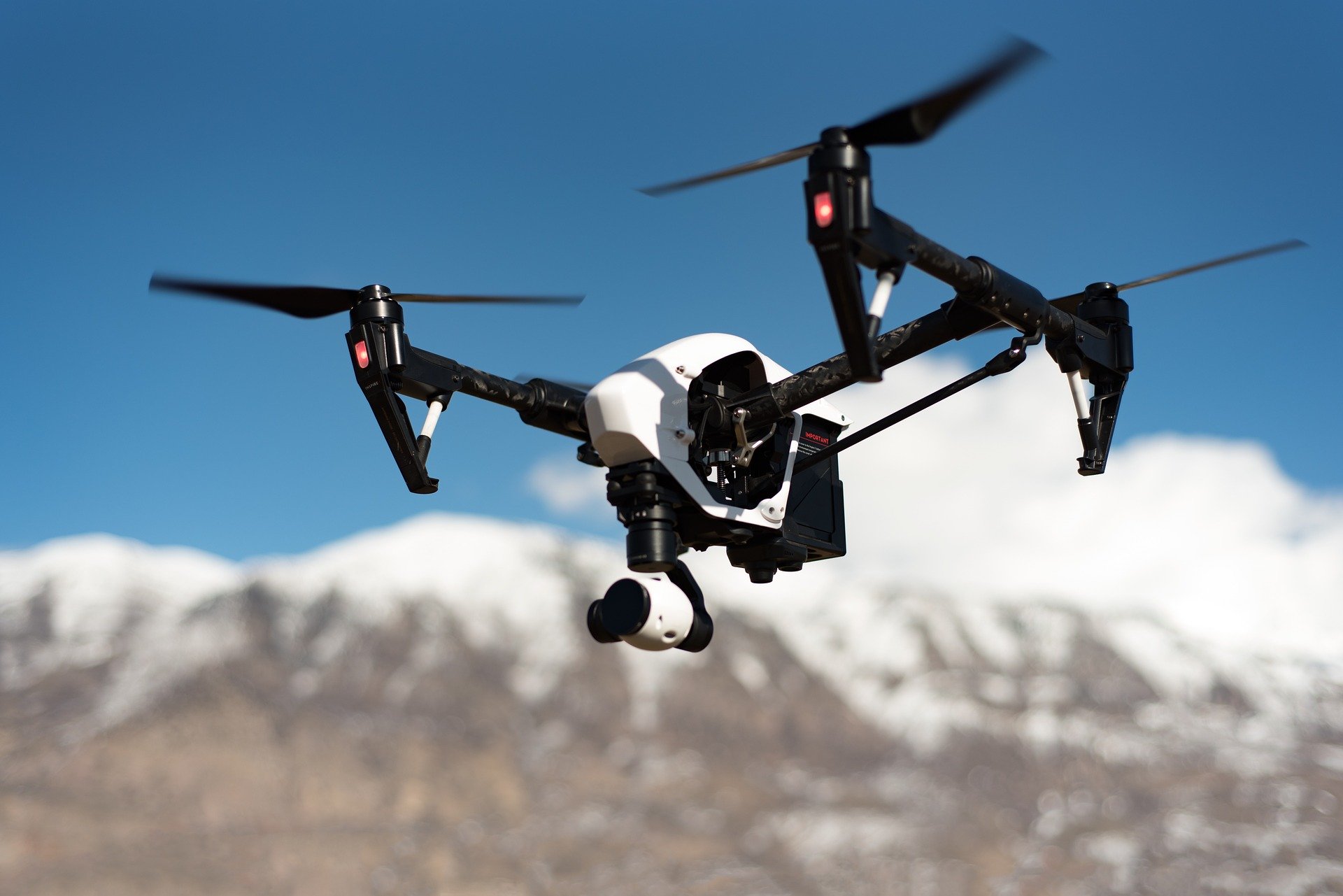

Prof. Sanjiva Shankar Dubey
Area Head, IT
Professor of IT Strategy (View Full Profile)


Since the beginning of the year 2020, the entire world faced an unprecedented challenge of rapidly spreading pandemic called Covid 19. This engulfed most countries and at the time of writing these lines in April 2020, the end is not in sight. In the absence of any proven medicine for cure or vaccine for prevention the death rate is very high especially to the people with low immunity and senior citizens.
Hopefully, the world will recover from the shocks of massive loss of business, livelihood and life due to this pandemic and its aftermath. However, as the experts say the world will never be normal again and social distancing, touch less services, restricted travel etc. will be the new normal.

Given this situation, massive changes are expected in the way society will run post Covid 2019. Some say the following years after 2020 will be called After Covid (AC) as against Before Covid (BC). One can witness some of these changes during the lockdown period itself as precursor of the things to come when the situation gradually returns to normal.
Digitize or Perish!
Organizations without any business continuity plan for lockdown (and there are many) have come to virtually stand still. Their problems are accentuated as they never digitized their business processes, have enabled employees to work from home or have poor supporting IT infrastructure.
For them, the lockdown period is an opportunity to critically examine both their processes and people skills which should be augmented using Information Technology to prepare them in the era of social distancing, restricted movement, and reduced staff and also reduced demand and heightened customer expectation of touch-less services.
We examine here some the technologies which will help in manage these difficult times:
-
Use more and more Touch-less Interfaces. By more online transfer, digital signature, facial recognition and NFC (Near field Communication) communication.
-
Make Business Continuity Planning mandatory. All firms and institutions must develop a Business Continuity Plan to deal with new normal of Post Covid 2019 world. Typical Business Continuity Plans (BCP) and Disaster Recovery (DR) ensure operational effectiveness following events like natural disasters, cyber incidents but have not been developed for widespread quarantines, disruption of global supply chains, non-availability of work force, closures and travel restrictions. This has to be included now and would need quick revision.
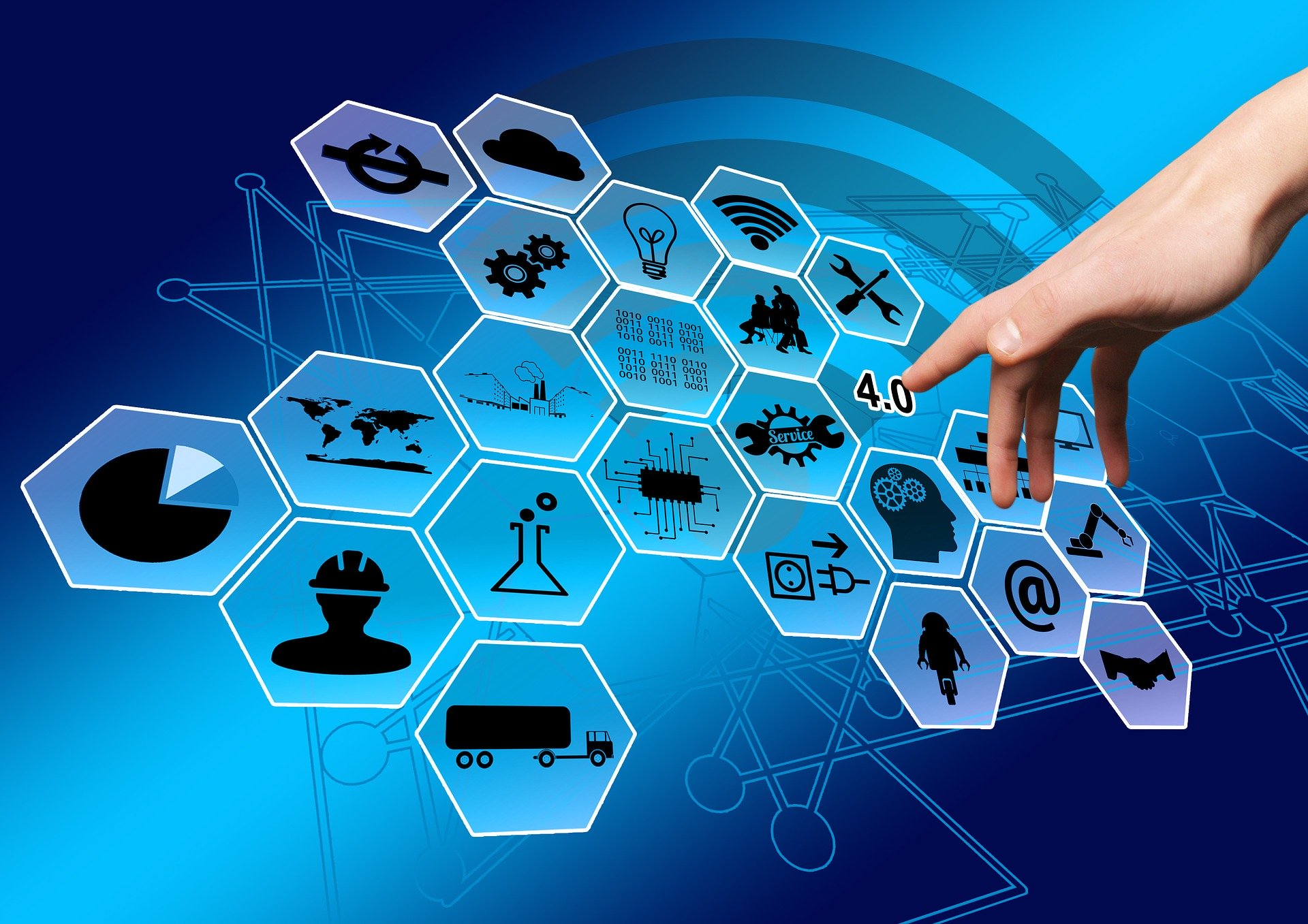
-
The manufacturing sector is majorly impacted because many manufacturing jobs are on-site and cannot be carried out remotely. Deploying automation technologies like collaborative robotics, autonomous materials movement, industrial Internet of Things will decrease worker density throughout their operations.
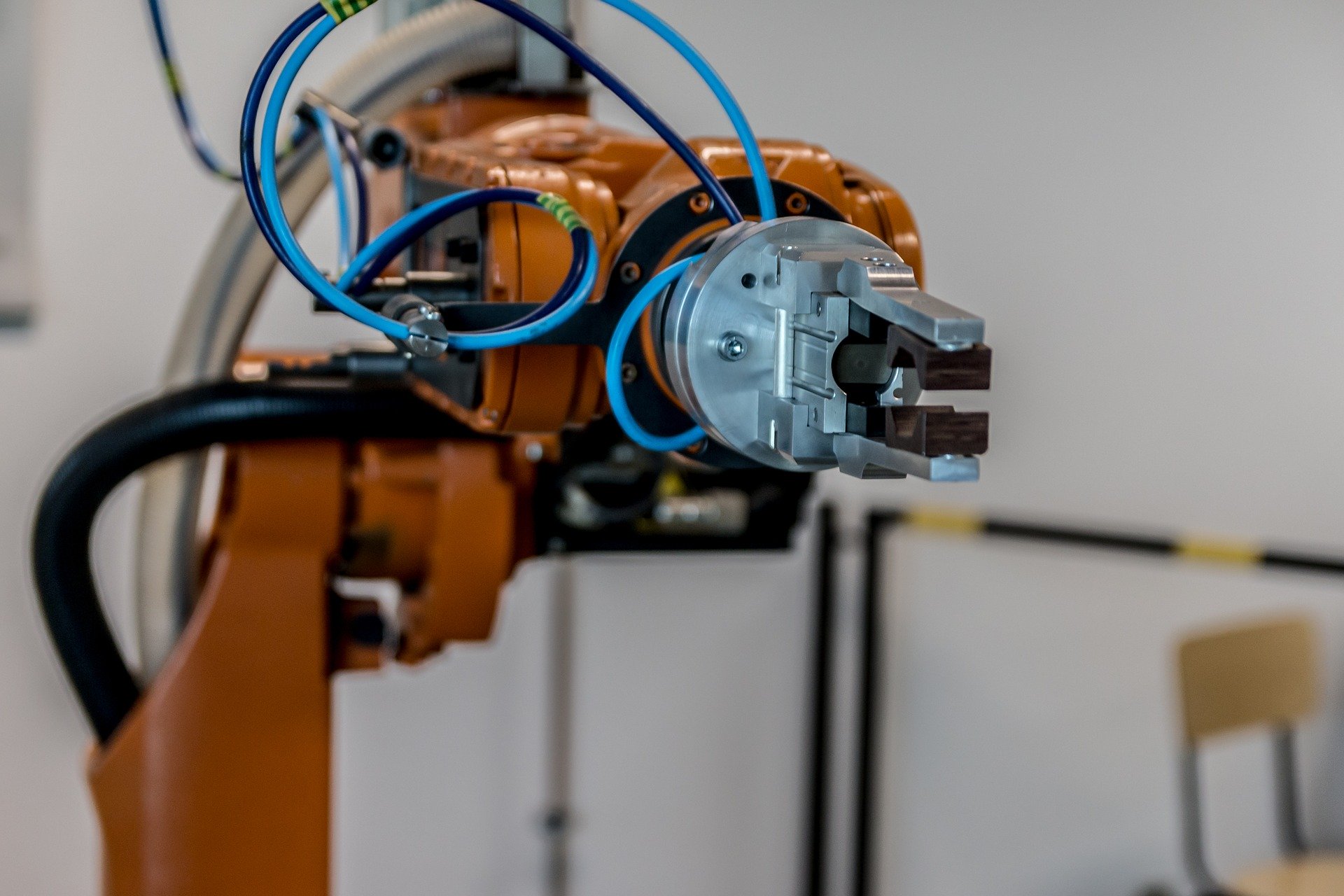
-
Deploy Voice-based commands in processes: Voice recognition software with increased accuracy will be used to open mobile apps, doors and start/stop many activities.
-
Embed Machine vision interfaces and facial recognitions in as many business processes.
-
Use Software to recognize gestures across industries and applications to limit the amount of physical contact.
-
Increase use of Robots and drones in supply chain, manufacturing and services processes. Use of these technologies will help maintain and comply with social distancing and reduced workforce norms.
-
Accelerate use of 3D printing for key components and appliances as needed
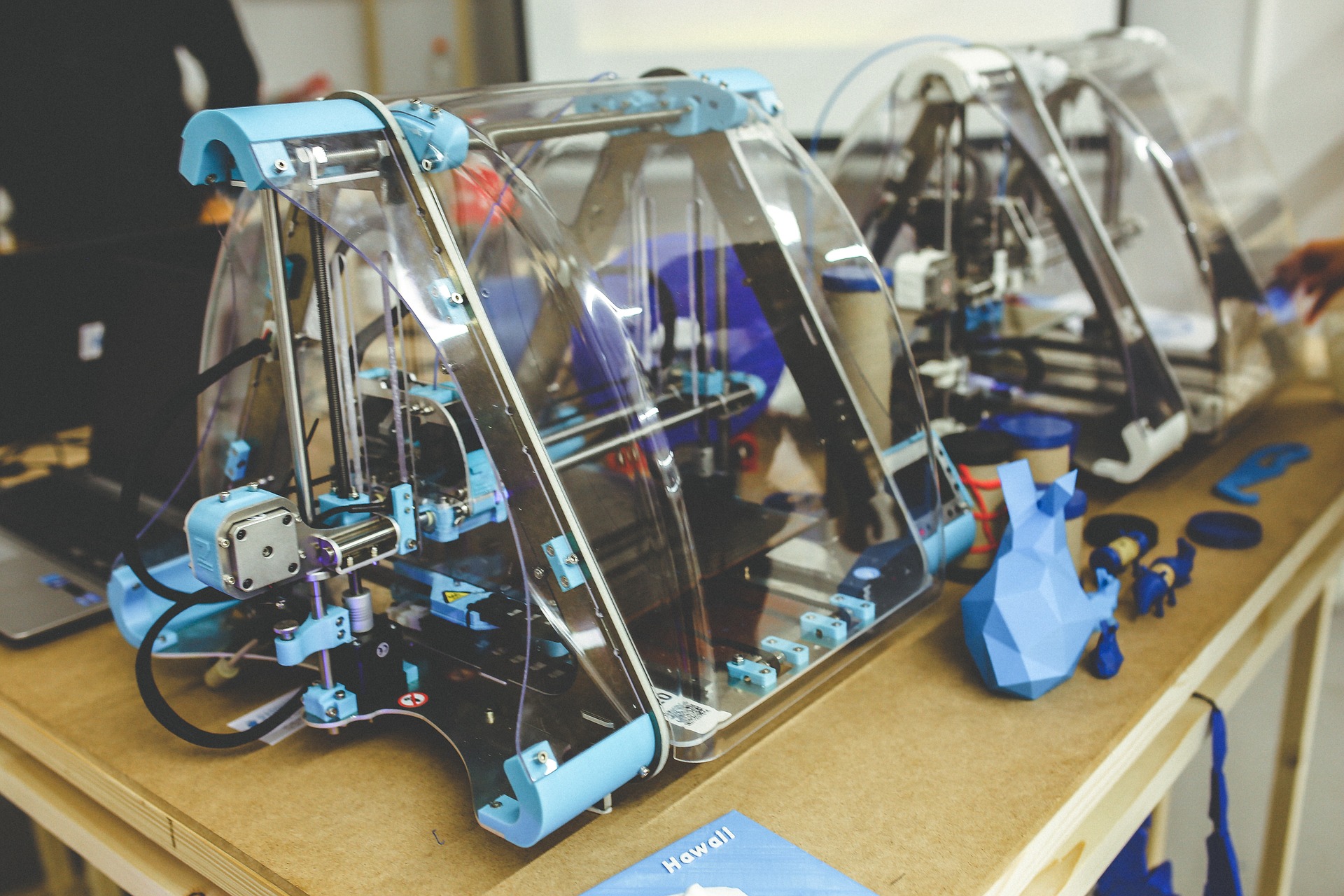
- Multiskilling of workforce. HR has a job here to identify common skills across a group of people who can work in the absence of others. One can clearly see the need of HRMS applications to be enhanced with these pooling requirements.
- Monitor Work and work force using IoT and Big Data: Use the power of Big Data, IoT, GPS can help monitor people, contact tracing and pre-empting large scale spread of future pandemic.

-
Consider Privacy and data security aspect as well: Carefully implement necessary safeguards for individual’s privacy and prevent the abuse of the data.
-
Use Two-way camera systems to monitor workers’ performance and detect absenteeism.
-
Customize Training and education, make it byte sized, any time any place and mobile friendly. Students and organizations will save cost and time and online learning will get respect.
-
Harness Massive opportunity to generate reusable content for training.
-
Use Tools for Employee engagement and wellbeing: Innovative applications to facilitate, track and generate employee engagement using Enterprise 2.0 features should be deployed.
-
Enhance use of groupware applications: Tools such as Google Keep, Microsoft Team and many others should be quickly adopted.
-
Focus on Strengthening Digital Infrastructure The need to enhance digital infrastructure, enhanced backup and recovery mechanism will be required
Artificial Intelligence applications across industry will rapidly expand: Be it the drug discovery or tracing a potential carrier of virus Artificial Intelligence will be ideal technology to rapidly accelerate development and usage.
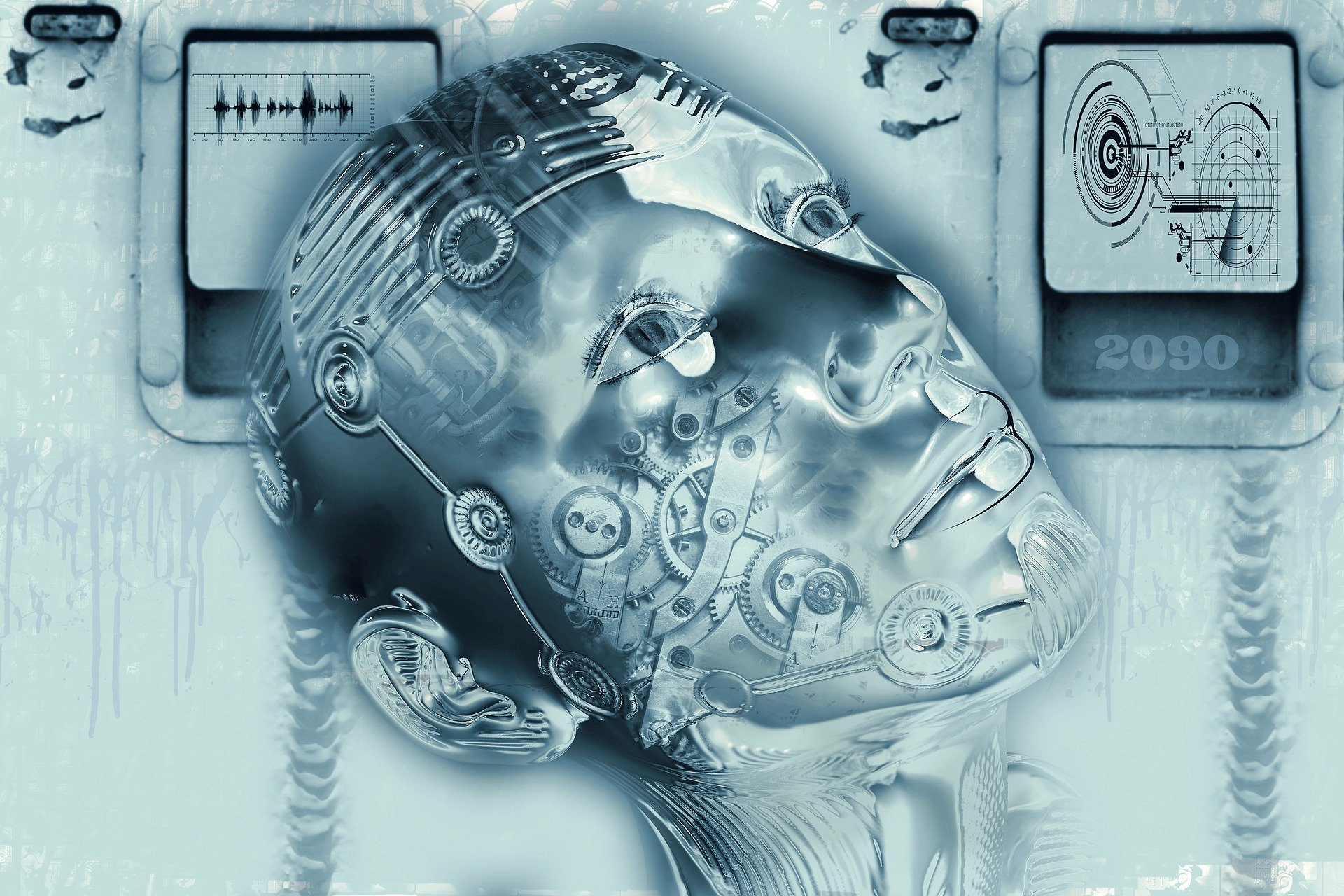
-
Remote processes using Voice or voice interface will be a reality: Using voice for selection of options has been using in IVRs for some time. Google and Alexa Voice interface does lot of useful activities in home and personal space.
-
Appify enterprise applications: Businesses without mobile or online interfaces will face huge problem.
-
Organize events and meetings online only
-
Considerations of reuse, preservation and redeployment of asset and infrastructure will
-
Use applications to promote work from home
-
Use of Analytics to understand behaviour, motivation and moral of employees with employee 2.0 applications
-
Accelerate adoption of Cloud computing: Solution may come from multi-cloud hybrid approach with secured data lakes as an option.
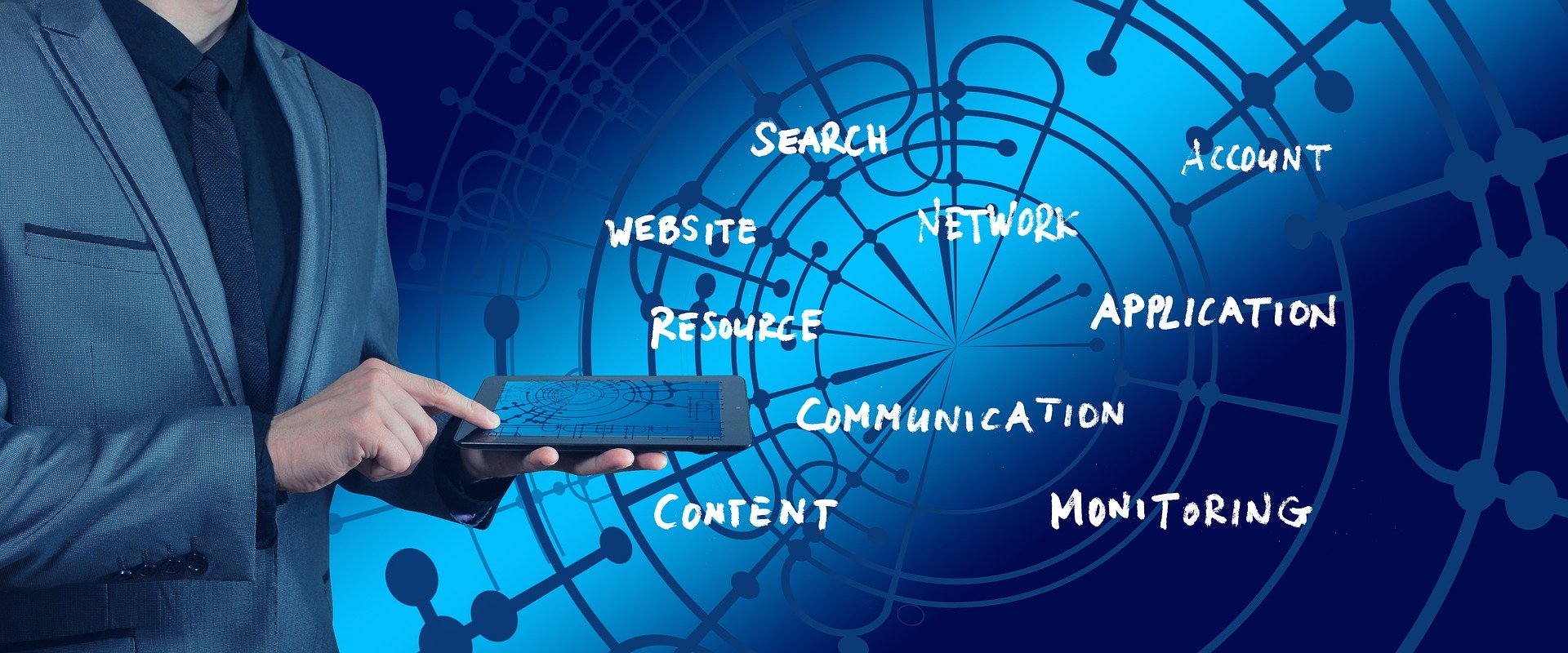
- Use sophisticated platforms for video conferencing/collaboration which should be feature rich and resource light.
- Increase use of Big data and Analytics: to analyse customer behaviour and needs in these changing times.
- Like the famous saying goes–One should never waste a crisis–we also should not waste the crisis and turn it into an opportunity to transform our businesses using technologies.












